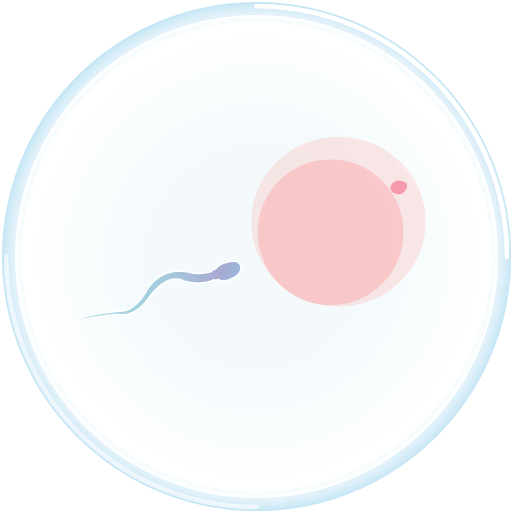When is PGD Done:
Introducing PGD
PGD is a multi-stage process that screens embryos for presence of mutations before pregnancy is established, such that couples may choose to implant embryos free of the BRCA mutation. PGD allows for the genetic testing of an embryo for various genetic mutations. To date, over 3000 children have been born as a consequence of PGD testing for a variety of conditions. In the case of BRCA, PGD allows parents to have a child that is at a greatly reduced risk of being born a mutation carrier. PGD involves the laboratory screening of embryos for the presence of mutation before it has been implanted inside the uterus. Since PGD is a laboratory test that screens multiple embryos, the use of an accompanying technology, in vitro fertilization (IVF), is required.
PGD incorporates multiple technologies:
- Assisted Reproductive Therapy (In Vitro Fertilization)
- Investigative Genetic Testing of Embryos (Preimplantation Genetic Diagnosis)
- Confirmation Genetic Testing of Fetal/Placental Tissues: Pre Natal Diagnosis (Chorionic Villi Sampling/Amniocentesis)
Ovarian Stimulation
Since it is necessary to test more than one embryo, IVF is used to help you produce many eggs at once. Shortly after you begin your menstrual cycle, fertility hormones will be administered to stimulate the production of multiple oocytes (eggs). These hormones are administered through injection, and it is necessary to have a doctor monitor your hormone levels during this time, as well as conduct an ultrasound to monitor oocyte development.
Fertilization
After the mature eggs are removed, they will be taken to a lab and prepared for fertilization. Fertilization is most commonly performed by injecting a single sperm into an egg in a process called intracytoplasmic sperm injection (ICSI). (image 1)

Image 1: Fertilization in a Petri dish